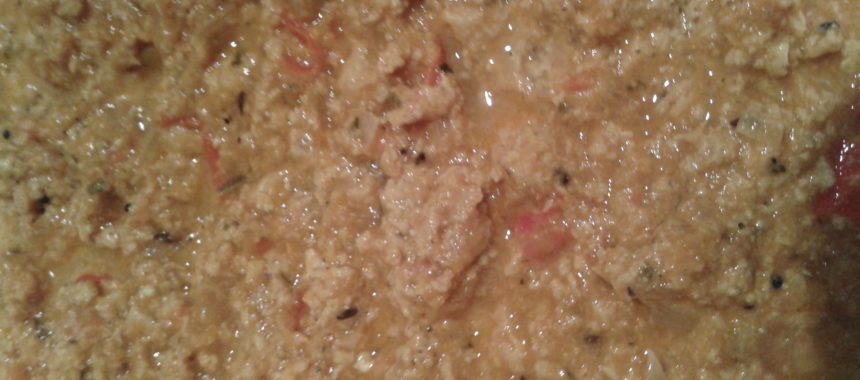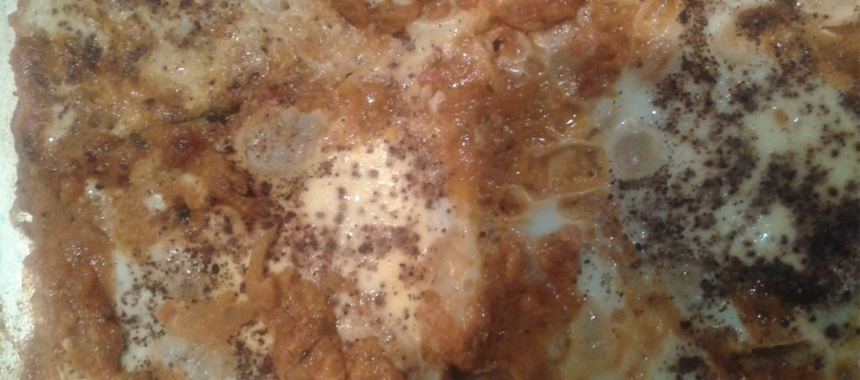Some of the women have gestational diabetes during pregnancy, though they may be normal previously. A pregnant woman who is unable to increase her insulin secretion develops glucose intolerance or Gestational Diabetes Mellitus. It appears around the twenty forth week after organ fertilization. Diabetes is more likely to occur when the body mass index (IBM) is more than 30, the maternal age is more than twenty five, the woman have either large baby or still birth during previous pregnancy and excess fluid in the uterus (Hydra amines)during present pregnancy. If mother has persistence diabetes, then the baby may suffer from congenital abnormalities. The infant’s pancreas has to work over time to produce more insulin to keep the body’s glucose level normal. Even after birth, the pancreas works in the same level to produce more insulin, which leads to hypoglycemia and sometimes even seizures. Other abnormalities like calcium or magnesium deficiency may occur. Excess calories are stored as fat that enlarge the baby. 35% of women with gestational diabetes mellitus are likely to develop diabetes after fifteen years.
Dietary modification
Diet modification is needed to keep the sugar under control. The diet has to be adjusted as per the mother’s BMI (body mass index-weight in kilo grams divided by height in metre). Generally diet should consist of 50%of carbohydrate, 30% of protein and 20% of fat.
Diet may vary from person to person. It is best to provide lowest calorie as the additional calorie require more insulin.
After delivery, most women would not require any treatment, but they need follow up.





